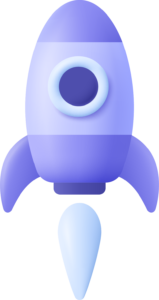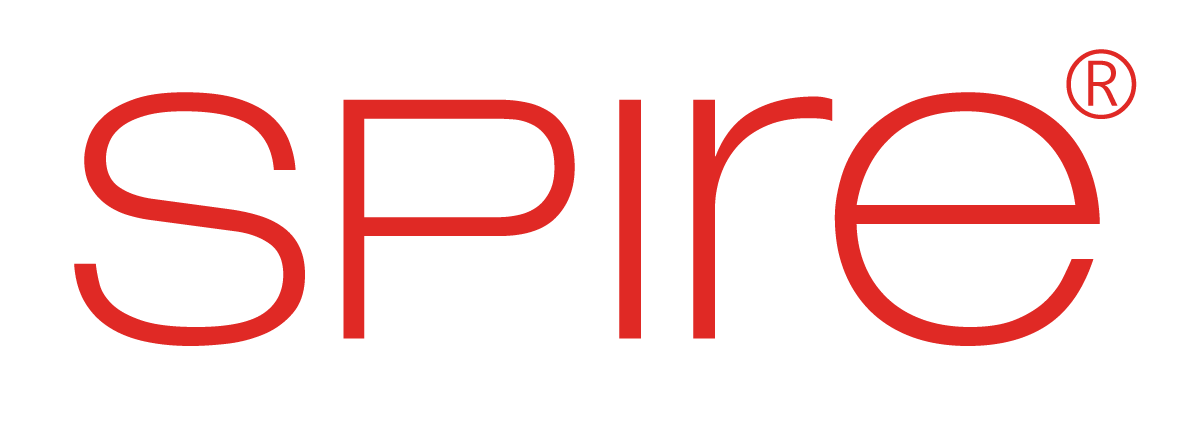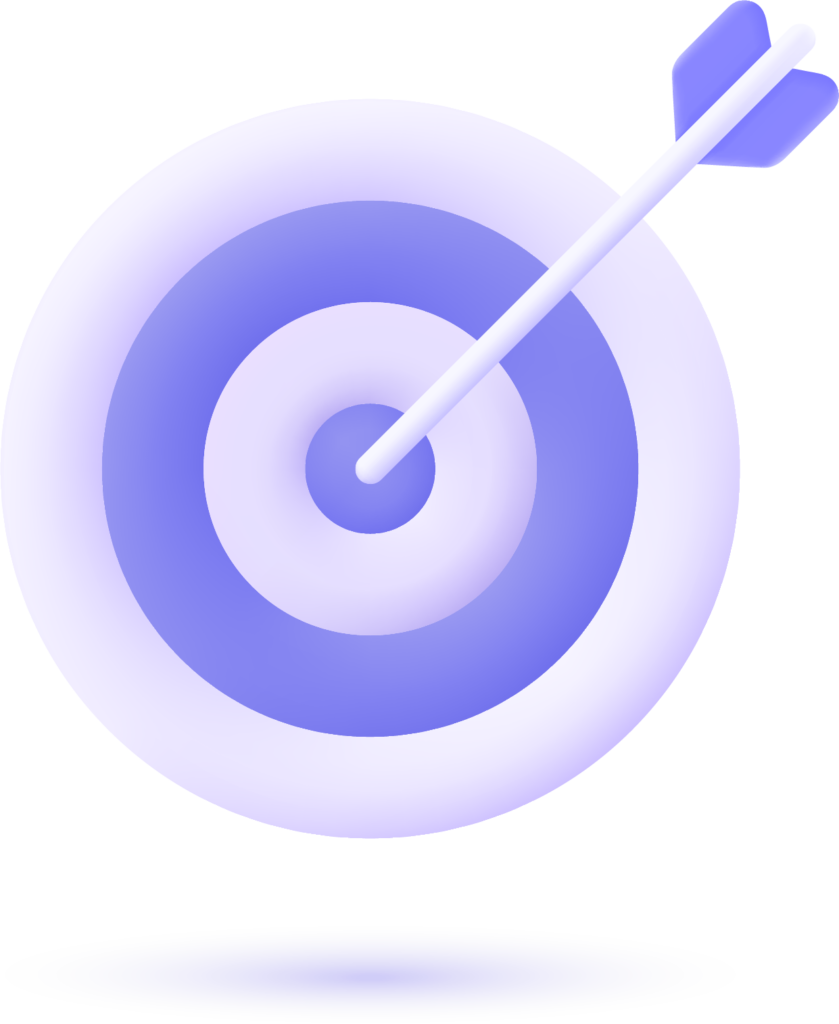Spire.AI Glossary
This comprehensive resource defines key terms and concepts commonly used in the field of talent management. It serves as a valuable reference for HR professionals, leaders, and anyone involved in attracting, developing, growing and retaining top talent.

−A−
Adaptive Data Fabric Architecture
A flexible data system connecting sources for real-time insights and decisions.
Applicant Tracking System
Software that organizes and tracks recruitment and hiring processes.
Auto-evolving Skill Frameworks
AI-driven systems that continuously update required skills based on job trends.
Automated Job Leveling
A system aligning roles to job levels and pay based on skills and experience.
Automated Learning Paths
Personalized development plans auto-created from an individual's skills and career goals.
Automated Role-Skill Mapping
Automatic matching of job roles with the specific skills needed to perform the job.
Automated Skill Gap Analysis
Automatic identification of skill gaps to enable targeted upskilling.
Automated Skill Inventory
Real-time catalog of organizational skills, updated as roles and competencies evolve.
Automated Skill Profiling
AI-powered creation and update of employee skill profiles for better mobility and performance tracking.
−B−
Business Context Logic Tuner
AI-driven tool adapting talent management to align with changing business needs.
−C−
Candidate Assessment
Evaluating a candidate's qualifications, skills, and experience for a role.
Candidate Engagement
The process of building relationships with potential hires throughout recruitment.
Candidate Experience
How a job seeker perceives and feels about the hiring process.
Candidate Journey
The process a job applicant experiences from application to hiring decision.
Candidate Portal
Online platform for job seekers to apply and track job applications.
Candidate Screening
Reviewing applications and resumes to determine if a candidate is qualified for a role.
Capacity Utilization
Measures how much of a company's potential output is being used.
Career Development Framework
A structured guide for advancing skills, roles, and career progression.
Career Growth Opportunities
Pathways and experiences to advance in one's career.
Career Mapping
A process of visualizing career paths and steps for achieving career goals.
Career Mobility
Movement of employees to new roles or career paths within an organization.
Career Path
A progression of jobs that lead to career goals.
Career Progression
The process of advancing in one's career through new roles, skills, or responsibilities.
Career Progression Plan
A roadmap outlining steps to achieve career goals.
Career Transparency
Open communication about internal career opportunities and paths.
Competency Modeling
Identifies skills and behaviors required for job success.
Contextual Search
Search that understands query intent to deliver highly relevant results.
Continuous Pyramid Optimization
A strategy for promoting internal talent into higher roles to reduce external hiring.
Cross Boarding
Transitioning an employee into a new role within the organization.
Cross Training Employees
Training employees to perform tasks outside their regular duties.
−D−
Demand Management
Managing and forecasting customer demand for products and services.
Development Opportunities
Programs and activities to enhance employees' skills and knowledge.
Digital Skills Gap
The gap between the digital skills required by employers and those possessed by workers.
Domain-Intelligent AI
AI trained in specific industry knowledge for better decision-making and automation.
−E−
Employee Development
Strategic process to enhance employees' skills and career prospects.
Employee Development Plan
A roadmap for employees’ career growth and skill enhancement.
Employee Engagement
The level of enthusiasm and commitment an employee has towards their work and organization.
Employee Experience
Overall perception of an employee's interactions and experiences within the company.
Employee Management Software
A tool to improve employee satisfaction and productivity through HR automation.
Employee Retention
Ability of a company to keep its employees and reduce turnover.
Employee Retention Metrics
Measurements used to track how well a company retains its employees.
Employee Utilization
Percentage of an employee's time spent on billable work.
Employee Value Proposition
The unique set of benefits and experiences offered to employees.
Experience Gaps
Gaps in skills or knowledge due to a loss of experienced employees.
External Hiring
Recruiting candidates from outside the current organization.
−G−
Global Mobility
The strategy of relocating employees across borders for work or education.
−H−
High Volume Recruiting
Hiring a large number of people within a short time frame.
Hiring Bias
Unconscious preferences influencing hiring decisions, leading to unfair outcomes.
HR Databases
A centralized system to store and manage employee information.
Human Capital Management
Practices for managing and developing an organization's workforce.
Human Resource Planning
Process to align workforce needs with organizational goals.
−I−
Internal Mobility
Movement of employees within an organization to new roles or positions.
Internal Recruiting
Filling vacancies by promoting or hiring current employees.
Internal Talent Marketplace
A platform for matching employees with internal opportunities based on skills.
−K−
−L−
Labor Management Software
Software to optimize workforce productivity and efficiency.
Large Graph Model (LGM) for Skills
Network that maps out complex relationships between skills, competencies, and qualifications across industries and roles.
Learning Agility
The ability to rapidly learn and apply new skills and knowledge.
Learning and Development
HR function focused on employee skill and knowledge growth.
Learning Journeys
A continuous process of acquiring and refining skills for professional growth.
Learning Path
A structured course sequence guiding learners toward mastery of a subject.
−M−
Manpower Planning
Strategically ensuring the right people are in the right jobs at the right time.
Mobility in the Enterprise
Use of mobile devices and apps to enable employees to work outside traditional office environments.
−O−
Opportunity Marketplace
Digital platform connecting individuals with projects, gigs, and roles.
Organization Restructuring
A process to intentionally change a company’s internal structure and processes.
Organizational Agility
The ability to quickly adapt to market and internal changes.
Org-wide Cross-pollination
Visual representation of how different skills are related to one another.
−P−
Performance Management
Continuous process to improve employee performance and achieve organizational goals.
Pool of Candidates
A group of qualified applicants available for consideration in a hiring process.
Professional Development
The process of gaining skills and knowledge to advance in a career.
Profile Relevancy Score
A numerical value that reflects how well a candidate matches a job's requirements.
−Q−
−R−
Recruitment Management Software
A tool designed to streamline the hiring process.
Reskilling
Training employees in new skills for different roles.
Resource Allocation
Process of assigning resources to various tasks and projects.
Resource Capacity Management
Determines how much work can be done by resources within a timeframe.
Resource Forecasting
Estimating future resource needs for projects or objectives.
Resource Management
Planning and allocating resources to achieve business goals.
−S−
Skill Adjacency
The interconnectedness between different skills, acknowledging that certain skills have a natural overlap.
Skill Adjacency Graphs
Visual representation of how different skills are related to one another.
Skill Based Hiring
Recruitment focused on specific skills rather than education or experience.
Skill Chart
A visual tool to map employee competencies against required skills.
Skill Development
The process of improving and acquiring new skills for better performance.
Skill Enhancement
Improving existing skills or developing new ones to meet job demands.
Skill First
A strategy that emphasizes skills over traditional qualifications or job titles.
Skill Mapping
Visual representation of employee skills compared to role requirements.
Skill Plans
A strategic guide to developing workforce skills for current and future needs.
Skill Proficiency Analyzer™ (SPA)
A tool that assesses and quantifies the depth of an individual’s expertise in specific skills, providing a detailed evaluation of their proficiency.
Skill Set
A combination of skills and knowledge an individual possesses.
Skills
The abilities and knowledge required to perform specific tasks effectively.
Skills Analysis
Identifying required skills for a job and breaking them down into tasks and responsibilities.
Skills Audit
A systematic evaluation of employees’ skills and capabilities.
Skills Based Approach
A method focusing on practical skills over theoretical knowledge.
Skills Based Organization
An organization that prioritizes skills over traditional job roles and hierarchies.
Skills Database
A collection of employee skills and competencies.
Skills First Hiring
A recruitment strategy that prioritizes skills over traditional qualifications.
Skills Framework
A structured approach to identifying and organizing necessary job skills.
Skills Gap
The difference between required and existing employee skills.
Skills Gap Analysis
Identifying the gap between current employee skills and required skills for a job.
Skills Graph
A map that represents the skills and capabilities of an individual or workforce.
Skills Inventory
A comprehensive database of employee skills and qualifications.
Skills Management
Identifying, assessing, and developing employees' skills to align with business goals.
Skills Management Software
A tool to track and develop workforce skills.
Skills Mapping
A visual representation of employee skills and capabilities.
Skills Match
The alignment of current employee skills with job or project requirements.
Skills Matrix
A visual tool mapping employee skills, knowledge, and competencies.
Skills Matrix Software
Software that maps employee skills and proficiency levels across an organization.
Skills Ontologies
A structured framework for organizing and categorizing skills and their relationships.
Skills Profile
A summary of an individual’s skills, knowledge, and experience.
Skills Shortage
A lack of qualified workers with necessary skills in a specific industry or region.
Skills Taxonomy
A structured system to categorize and organize skills needed for specific roles.
Skills Tsunami
A rapid and significant shift in the skills workers need to stay competitive.
SpiroBot® RLHF Core
The core technology behind the Spire.AI engine, using Reinforcement Learning with Human Feedback (RLHF) for learning.
Succession Planning
Identifying and developing talent for future leadership roles.
−T−
Talent Acquisition
Process of finding and hiring skilled individuals to meet organizational needs.
Talent Analytics
A data-driven approach to workforce decision-making.
Talent Assessment
Evaluates a candidate's or employee's skills, knowledge, and potential.
Talent Attraction
The process of engaging and attracting skilled individuals to fill roles.
Talent Control Room
A central hub for managing all aspects of talent acquisition, development, and deployment.
Talent Development
The process of building and enhancing employees’ skills for career growth.
Talent Framework
A structured approach to identifying, developing, and retaining talent.
Talent Gap
The difference between required and available skills in the workforce.
Talent Intelligence
Using data-driven insights to make strategic workforce decisions.
Talent Life Cycle
The stages of managing employee experience, from hiring to retention and growth.
Talent Management
Strategic approach to recruiting, developing, and retaining employees.
Talent Management Software
Tools for managing the entire employee lifecycle, from hiring to succession planning.
Talent Mapping
A strategic process to assess workforce skills and potential.
Talent Marketplace
A platform that matches employees with internal job and project opportunities.
Talent Matching
The process of aligning candidates' skills with roles, often using AI technology.
Talent Matrix
A tool for assessing employee performance and potential.
Talent Mobility
The ability of employees to move between roles, functions, or locations within a company.
Talent Operations
The optimization of hiring and talent management using data and technology.
Talent Optimization
Aligns business goals with talent strategy.
Talent Pipeline Strategy
A proactive approach to building a pool of qualified candidates.
Talent Pool
A database of qualified candidates available for current or future job roles.
Talent Shortage
A lack of qualified candidates to fill job positions.
Talent Supply Chain
The process of finding and managing the right people for a company's needs.
Talent Transformation
Continuous development of workforce capabilities to meet changing business needs.
Team Capacity Planning
Determines how much work a team can handle within a timeframe.
Time to Hire
The duration from a job application to the acceptance of an offer.
Training Budget
Funds set aside by an organization for employee learning and development initiatives.
Training Needs Assessment Analysis
Identifies skill gaps and training requirements in an organization.
−U−
−W−
Workforce
The group of people working or available to work in an organization or industry.
Workforce Assessment
Evaluates current workforce to inform talent decisions.
Workforce Forecasting
Predicting future workforce needs to develop staffing plans.
Workforce Management
Processes for managing employee time, schedules, and compliance to optimize performance.
Workforce Mobility
The ability of employees to work from different locations or move within the company.
Workforce Model
Analyzes workforce needs based on data to align with organizational goals.
Workforce Optimization
A strategy to improve employee and operational efficiency.
Workforce Planning
Strategic process to align workforce needs with business goals.
Workforce Resilience
The ability of employees to adapt to challenges and change.
Workplace Skills Plan
A strategy to address skills shortages and plan employee development.

Don’t Let Outdated Frameworks Hold Your Organization Back
Harness Spire.AI to Build, Deploy, and Elevate Talent Effectively


